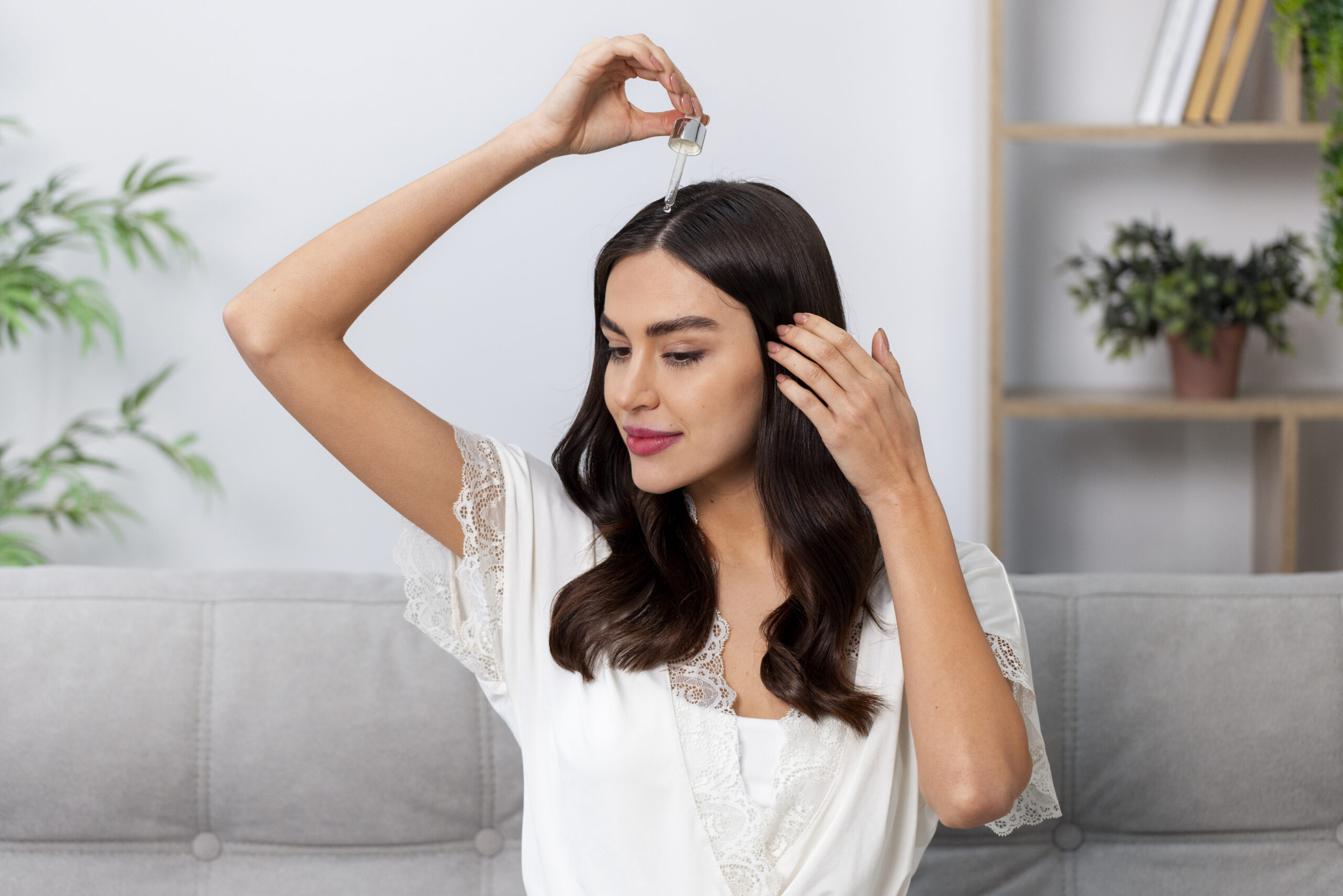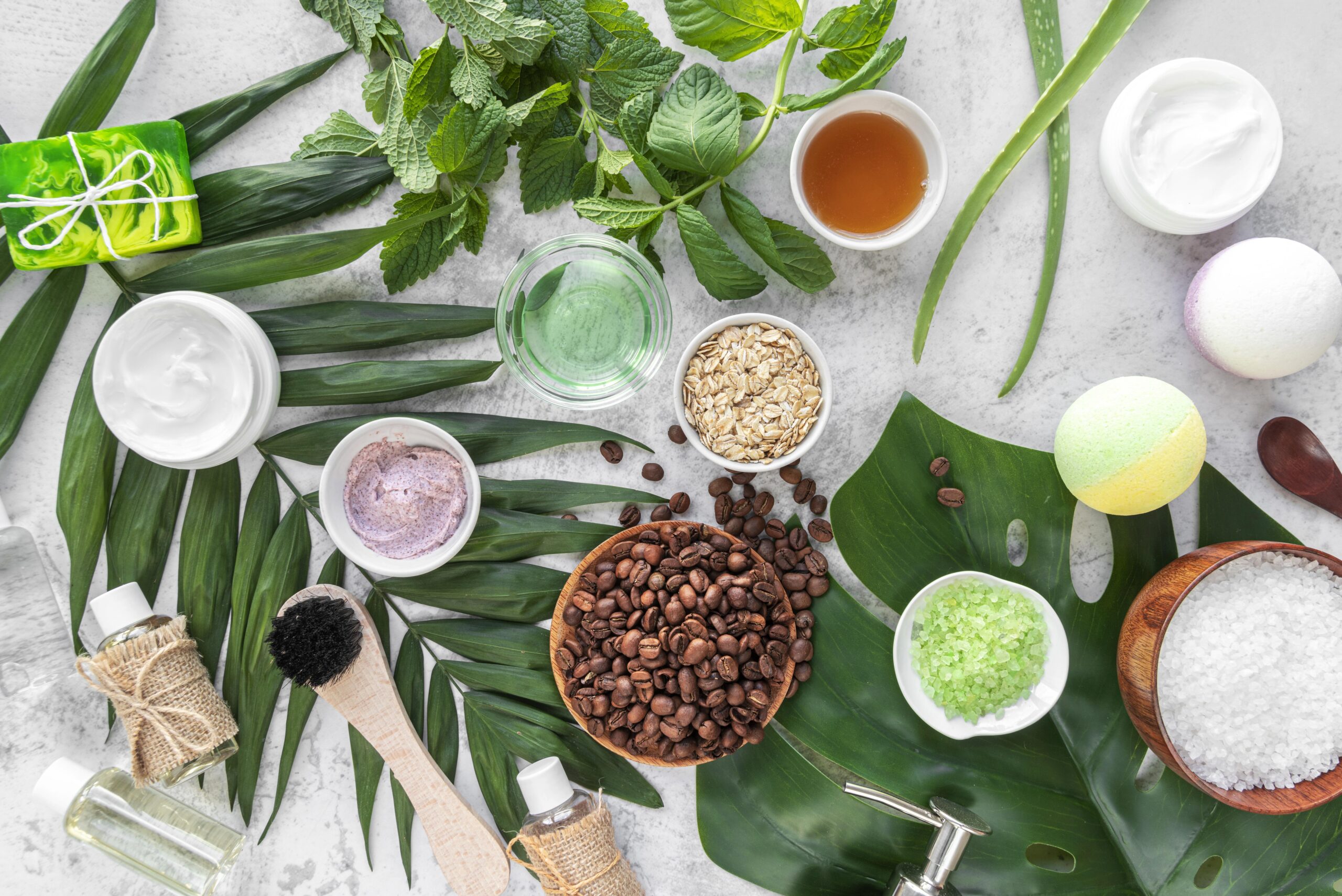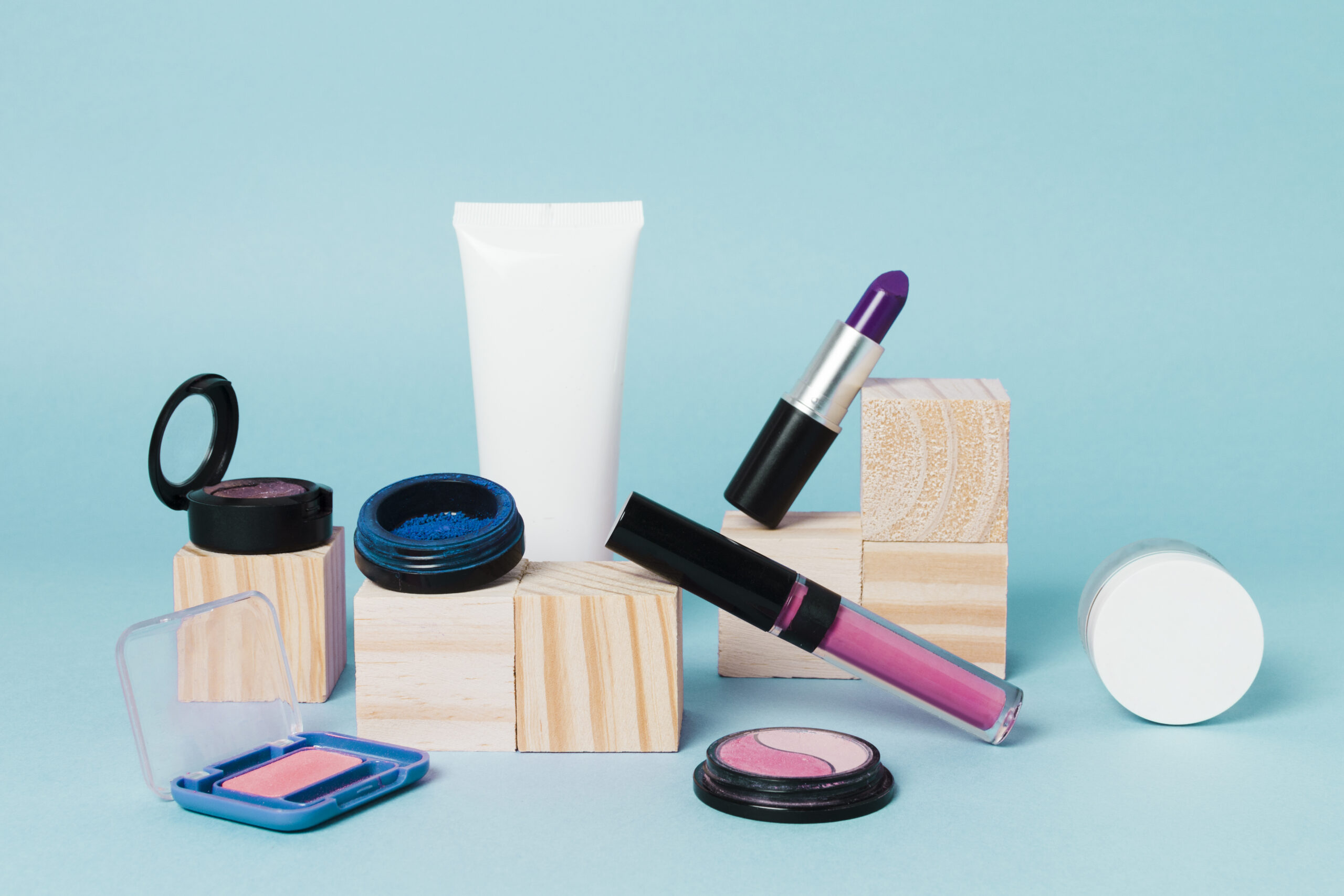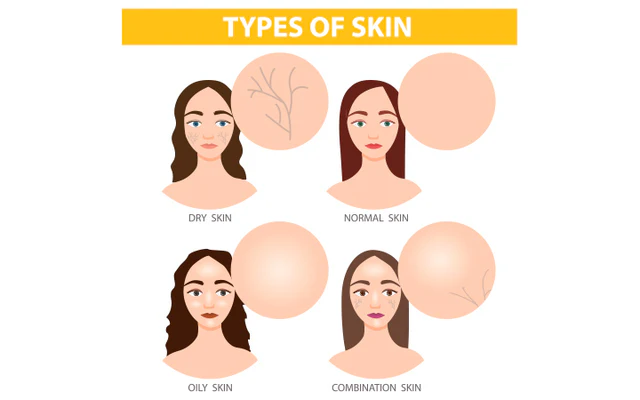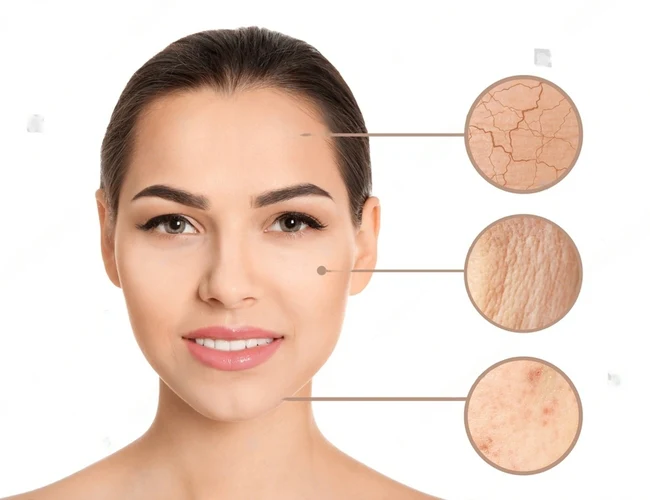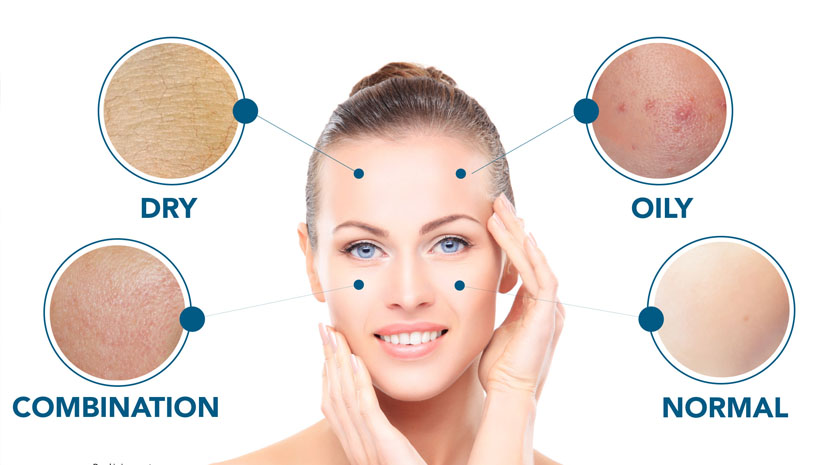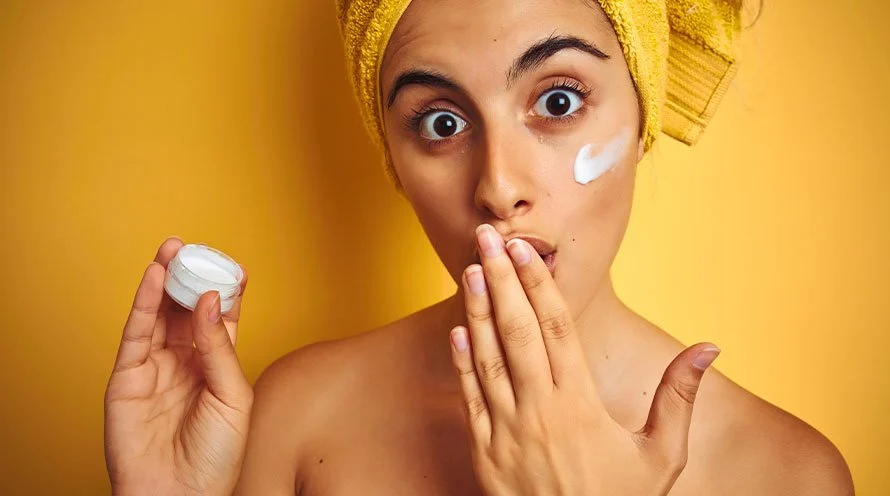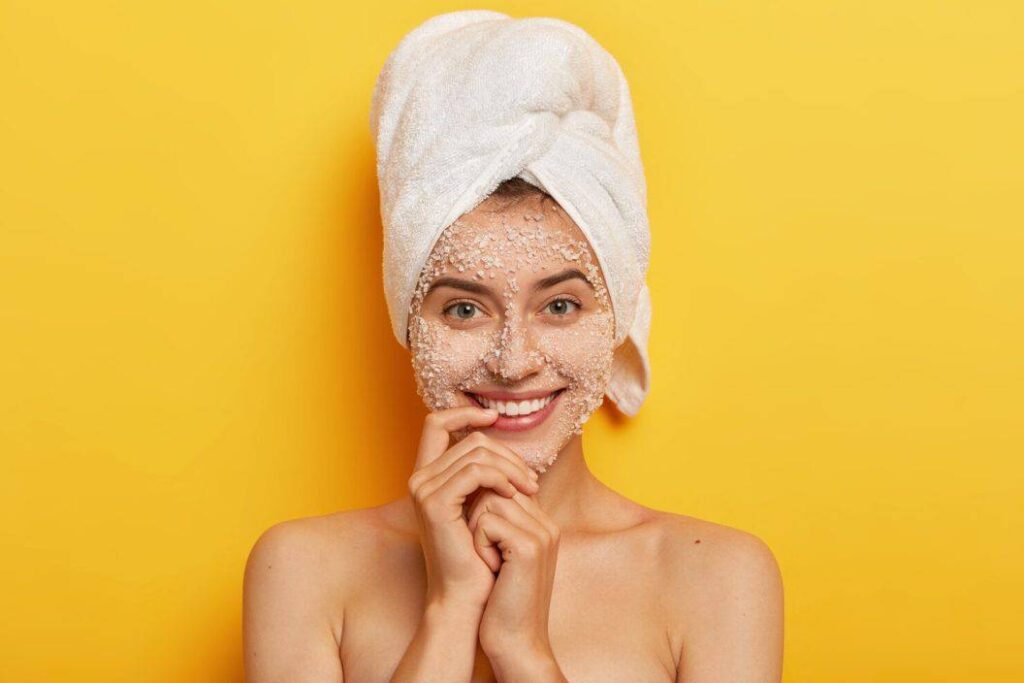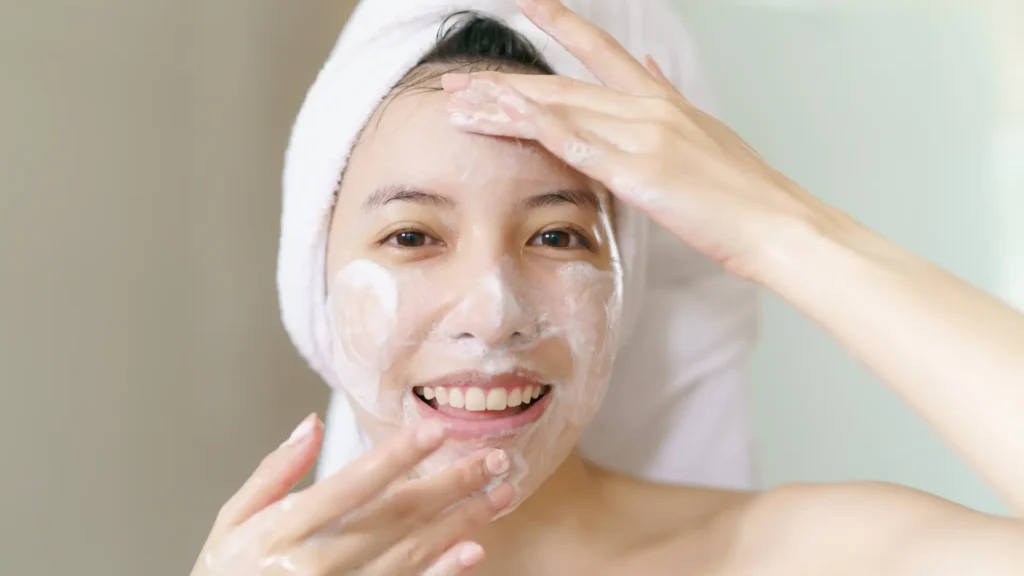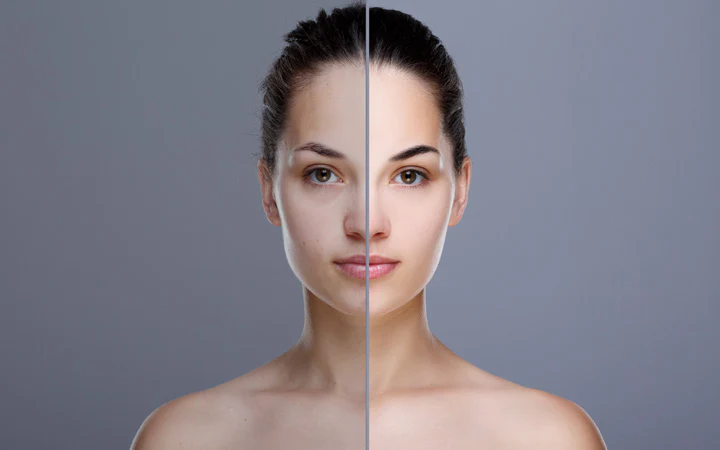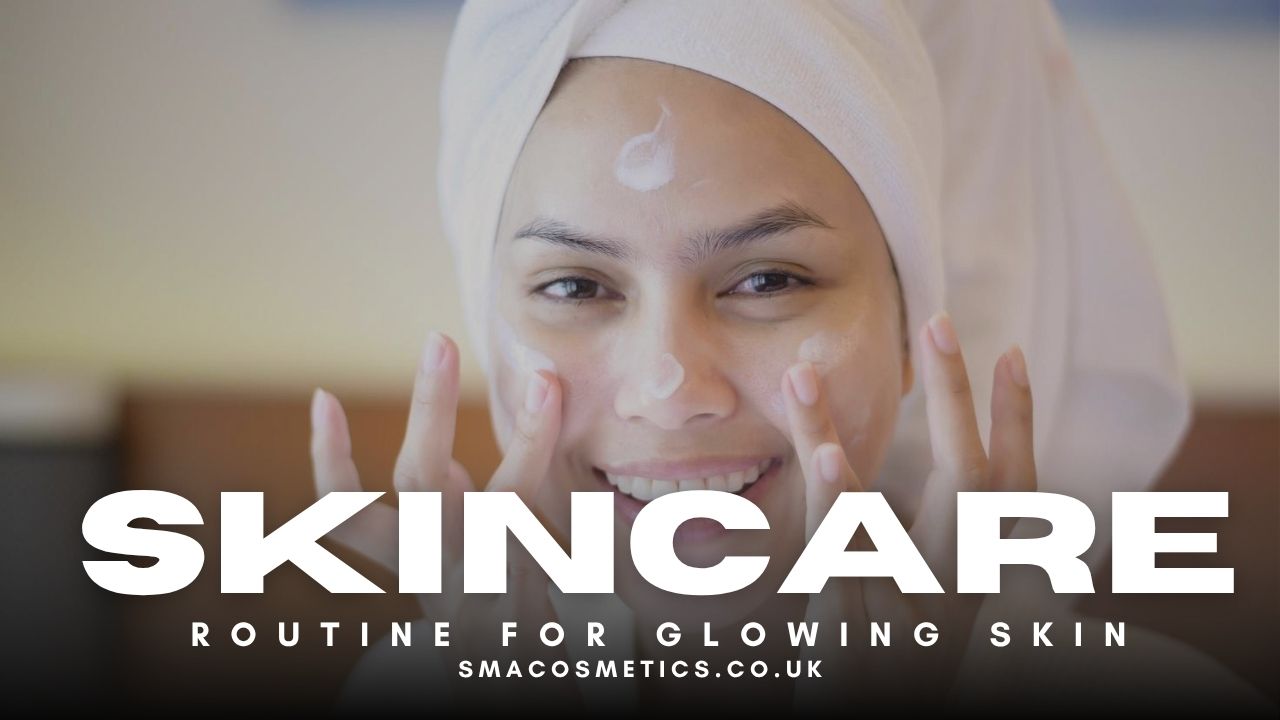Hair Extensions Near You: Tips for Choosing the Perfect Style
If you’ve searched for Hair Extensions Near You, you already know you want something that looks natural and suits your lifestyle. The perfect set of hair extensions should blend seamlessly, feel light, and hold up well over time. Whether your goal is volume, length, or texture change, these pointers will help you pick best hair extensions that really work for you.
Be Clear on Your Goal: Volume, Length or Texture
Ask yourself: Do I want subtle volume or big transformations? If your natural hair is fine, heavy wefts may strain it. For texture blending – especially with curls or coils – look into black hair extensions that match your pattern to make the result seamless. Choosing based on your desired look will guide you toward the right method and product.
Know the Attachment Methods
When seeking Hair Extensions Near You, it helps to know the options:
- Clip-ins – great for occasional wear; you can add or remove them yourself.
- Tape-ins – lie flat and are semi-permanent, ideal for daily wear.
- Wefts / Sew-ins – sewn into cornrows or net; good for fuller hair.
- Bonded / Fusion / Micro-links – installed strand by strand for a sleek finish.
The best hair extensions for you depend on how often you’ll wear them, your hair strength, and how much upkeep you want.
Colour & Texture Matching
To avoid a “wiggy” appearance, match the shade and texture of your extensions to your own. Many salons near you will help you match colours in store so your new hair doesn’t look out of place. For those with darker or afro hair tones, black hair extensions with the right curl or coil are often the best choice. Visit salons or consult with experts who can compare your base colour under natural light.
Quality Matters: Human vs Synthetic
The best hair extensions frequently use 100% human hair because those can be styled, washed, and treated just like your own hair. Synthetic options can be more affordable, but they tend to have limits with heat styling and longevity. Look for extensions with aligned cuticles, durability, and ethically sourced hair.
Maintenance & Care Tips
Even top-quality hair extensions need good care:
- Use a wide-tooth brush and detangle gently from tips upward.
- Wash only when needed, with sulphate-free shampoo and conditioner.
- Don’t sleep with wet hair – braid or loosely tie extensions before bed.
- Use heat protection when styling.
These basics will help your extensions last and maintain their look.
Where to Find Hair Extensions Near You
If you’re local, salons in Watford and the surrounding areas may stock premium hair extensions, letting you feel textures, compare colours, and get in-person advice. If local options feel limited, online shops offer a vast range – Tiffany Collection, Brazilian lines, OBSESSION, and more. Many online stores allow you to filter by product line, texture, or colour, making it easier to find your match.
Whatever route you choose, request colour confirmation, swatches, or a professional consultation before purchase.
Why Choose SMA Cosmetics for Your Extensions
At SMA Cosmetics, we offer a wide range of high-quality extensions and personalised advice, whether you shop in-store or online. Our collection includes Tiffany Collection human hair extensions, OBSESSION colour lines, and numerous Brazilian styles – ensuring you access to best hair extensions tailored for your needs.
Visit us or shop via our website, and let our experienced team help you select extensions that feel and look extraordinary.
FAQs
Q1: How long will hair extensions last?
With care, good human-hair extensions last 3–6 months; some methods even longer.
Q2: Can I dye my hair extensions?
Yes – human hair extensions can be dyed, but always strand test and use gentle colour processes.
Q3: Do hair extensions damage my natural hair?
Not if they’re properly fitted, maintained, and removed by professionals to avoid undue tension.
Q4: How often should I wash hair extensions?
Wash 1–2 times weekly with gentle products to maintain integrity and prevent tangling.


